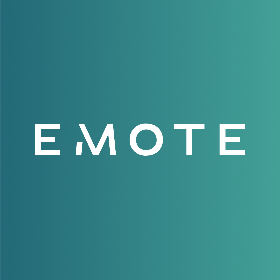AI Marketing Resources: Your Hub for Smarter Strategies
Discover a comprehensive collection of AI marketing resources designed to empower your business. Our AI Hub curates inspiring AI marketing content, leading AI agencies, essential AI tools, and insightful guides to help you master AI for smarter strategies.
Featured AI Marketing Agencies
Explore the best AI marketing agencies in the industry.
-
Together
HQ: London+2 cities- USA
- New York
- San Francisco
4.9The rating displayed is a weighted average derived from verified reviews across trusted platforms, further validated by the DAN team for agency authority.Gold MemberWe help ambitious B2B tech & AI companies turn bold ideas into category-defining brands, products and websites.Industries- Startup
- IT & Technology
- Finance
Clients- Contentsquare
- Unit
- G-P
- Avalara
- Mews
- Rogo
- Tailscale
- Paraform
- Coder
- Zeroheight
Budgets- Min. Project Budget: £50,000+
- Min. Monthly Budget: £10,000+
Agency of the MonthFeatured Agency
AI Marketing Articles
Latest updates and trends in AI
Featured AI Marketing Tools
Boost your strategy with DAN’s AI tools!
Artisan AI
Ava is the world’s first AI employee. She is a BDR who takes care of the end-to-end cold email demand generation process.
Quadrant
Quadrant is an AI-powered visibility and content optimization platform that helps global brands like Pernod Ricard get discovered across search, social, and generative engines — turning AI-era visibility into measurable growth and competitive advantage.
AI Marketing E-Guides by DAN
Learn AI strategies with DAN’s expert e-guides!
The AI Revolution in Web Design
This comprehensive guide, packed with insights and strategies from leading web design agencies, equips you to transform your web design process with AI.
DOWNLOAD EGUIDEAI Agents in Marketing: An Exclusive Guide by Top Agencies
Step into the world of AI agents: expert definitions, the most-used AI technologies across industries, and real case studies.
DOWNLOAD EGUIDEAI-Focused Upcoming Events

































